WORLD WAR II.] ENIGMA MACHINE. A three-rotor Enigma cipher machine, ca. 1939. Number A-441, with electric core, three aluminum rotors (one stamped WaA39 and SU 55), a raised QWERTY keyboard, black metal casing, plugboard in front with 20 patch leads, original wooden carry case with metal "Enigma" brand plate and printed instructions affixed to inside of case cover, along with an ink stamp of Reichswehrministerium Heereswaffenamt (Ministry of Defense Ordnance Department). Case cover stamped "Üb"(some cracks on case cover, carry strap present but severed). 13 x 11 x 6in. (34x28x15cm.)
WORLD WAR II.] ENIGMA MACHINE. A three-rotor Enigma cipher machine, ca. 1939. Number A-441, with electric core, three aluminum rotors (one stamped WaA39 and SU 55), a raised QWERTY keyboard, black metal casing, plugboard in front with 20 patch leads, original wooden carry case with metal "Enigma" brand plate and printed instructions affixed to inside of case cover, along with an ink stamp of Reichswehrministerium Heereswaffenamt (Ministry of Defense Ordnance Department). Case cover stamped "Üb"(some cracks on case cover, carry strap present but severed). 13 x 11 x 6in. (34x28x15cm.) THE MACHINE THAT HELPED THE ALLIES WIN THE SECOND WORLD WAR THE ULTRA SECRET. The German military thought their complex coding machine unbreakable. But during the Battle of Britain Prime Minister Winston Churchill received a daily dispatch box from the head of MI-6, Sir Stewart Menzies, providing summaries and reports of the enemy's transmissions. The story of how the Allies broke the code and exploited it became one of the most guarded secrets of the Second World War--and remained so for decades after the conflict. Churchill called the Bletchley Park code-breakers "the geese who laid the golden eggs and never cackled" (Reynolds, In Command of History , 163). The three-rotor ENIGMA derives from a 1919 patent of a Dutch inventor, H.A. Koch; an early design marketed by Dr. Arthur Scherbius was bought out by the German military in 1929 and placed in service. It was designed with a complex, interchangeable series of three rotors bearing the 26-character alphabet, a 'reflector' and a plugboard with movable connecting cords that connected pairs of letters. As an added precaution, the base or starting settings for the rotors was changed every 24 hours, according to pre-printed setting registers furnished in advance or supplied daily by courier. It has been calculated that the 3-rotor ENIGMA, with plugboard in use, made possible a total of 15 billion billion possible readings for each character. In the 1930s a team of Polish analysts (Marian Rejewski, Jerzy Rszycki and Henryk Zygalski), made remarkable progress in working out the machine's basic system, identified its vulnerabilities and succeeded in deciphering much of the encrypted German radio traffic. Their findings, including plans for very useful mechanical devices known as "bombes," which aided in the decryption operation, were secretly passed on in 1939 to French and British investigators. The elite team of cryptanalysts, mathematicians and engineers including Alan Turing (1912-54) set up shop at Bletchley Park, and for the rest of the war that legendary team's heroic and unstinting efforts gradually accomplished the seemingly insurmountable task of deciphering an enormous volume of encrypted communications. The Allies used it to helped defeat the U-boats that threatened Allied supply lines in the Atlantic; they got wind of Rommel's movements in the desert in 1942; and they received confirmation that the Germans were falling for the great deception of Operation Fortitude, in which the Allies duped the Germans into thinking the D-Day landings would come at Calais instead of Normandy. Sir Harry Hinsley, the offical historian of wartime British intelligence, believes ULTRA shortened the war by at least two years. The secret was closely kept for decades afterwards for two main reasons: the British did not want to alert their enemies to the skill of their decyrption capabilities, and thus provoke severe counter-measures; and, possibly more importantly, they did not want to provide the German people with another "stab-in-the-back" excuse for how and why they lost the war. Not until the publication of Frederick Winterbotham's The Ultra Secret in 1974 did the full story become known.
WORLD WAR II.] ENIGMA MACHINE. A three-rotor Enigma cipher machine, ca. 1939. Number A-441, with electric core, three aluminum rotors (one stamped WaA39 and SU 55), a raised QWERTY keyboard, black metal casing, plugboard in front with 20 patch leads, original wooden carry case with metal "Enigma" brand plate and printed instructions affixed to inside of case cover, along with an ink stamp of Reichswehrministerium Heereswaffenamt (Ministry of Defense Ordnance Department). Case cover stamped "Üb"(some cracks on case cover, carry strap present but severed). 13 x 11 x 6in. (34x28x15cm.)
WORLD WAR II.] ENIGMA MACHINE. A three-rotor Enigma cipher machine, ca. 1939. Number A-441, with electric core, three aluminum rotors (one stamped WaA39 and SU 55), a raised QWERTY keyboard, black metal casing, plugboard in front with 20 patch leads, original wooden carry case with metal "Enigma" brand plate and printed instructions affixed to inside of case cover, along with an ink stamp of Reichswehrministerium Heereswaffenamt (Ministry of Defense Ordnance Department). Case cover stamped "Üb"(some cracks on case cover, carry strap present but severed). 13 x 11 x 6in. (34x28x15cm.) THE MACHINE THAT HELPED THE ALLIES WIN THE SECOND WORLD WAR THE ULTRA SECRET. The German military thought their complex coding machine unbreakable. But during the Battle of Britain Prime Minister Winston Churchill received a daily dispatch box from the head of MI-6, Sir Stewart Menzies, providing summaries and reports of the enemy's transmissions. The story of how the Allies broke the code and exploited it became one of the most guarded secrets of the Second World War--and remained so for decades after the conflict. Churchill called the Bletchley Park code-breakers "the geese who laid the golden eggs and never cackled" (Reynolds, In Command of History , 163). The three-rotor ENIGMA derives from a 1919 patent of a Dutch inventor, H.A. Koch; an early design marketed by Dr. Arthur Scherbius was bought out by the German military in 1929 and placed in service. It was designed with a complex, interchangeable series of three rotors bearing the 26-character alphabet, a 'reflector' and a plugboard with movable connecting cords that connected pairs of letters. As an added precaution, the base or starting settings for the rotors was changed every 24 hours, according to pre-printed setting registers furnished in advance or supplied daily by courier. It has been calculated that the 3-rotor ENIGMA, with plugboard in use, made possible a total of 15 billion billion possible readings for each character. In the 1930s a team of Polish analysts (Marian Rejewski, Jerzy Rszycki and Henryk Zygalski), made remarkable progress in working out the machine's basic system, identified its vulnerabilities and succeeded in deciphering much of the encrypted German radio traffic. Their findings, including plans for very useful mechanical devices known as "bombes," which aided in the decryption operation, were secretly passed on in 1939 to French and British investigators. The elite team of cryptanalysts, mathematicians and engineers including Alan Turing (1912-54) set up shop at Bletchley Park, and for the rest of the war that legendary team's heroic and unstinting efforts gradually accomplished the seemingly insurmountable task of deciphering an enormous volume of encrypted communications. The Allies used it to helped defeat the U-boats that threatened Allied supply lines in the Atlantic; they got wind of Rommel's movements in the desert in 1942; and they received confirmation that the Germans were falling for the great deception of Operation Fortitude, in which the Allies duped the Germans into thinking the D-Day landings would come at Calais instead of Normandy. Sir Harry Hinsley, the offical historian of wartime British intelligence, believes ULTRA shortened the war by at least two years. The secret was closely kept for decades afterwards for two main reasons: the British did not want to alert their enemies to the skill of their decyrption capabilities, and thus provoke severe counter-measures; and, possibly more importantly, they did not want to provide the German people with another "stab-in-the-back" excuse for how and why they lost the war. Not until the publication of Frederick Winterbotham's The Ultra Secret in 1974 did the full story become known.
.jpg)
.jpg)

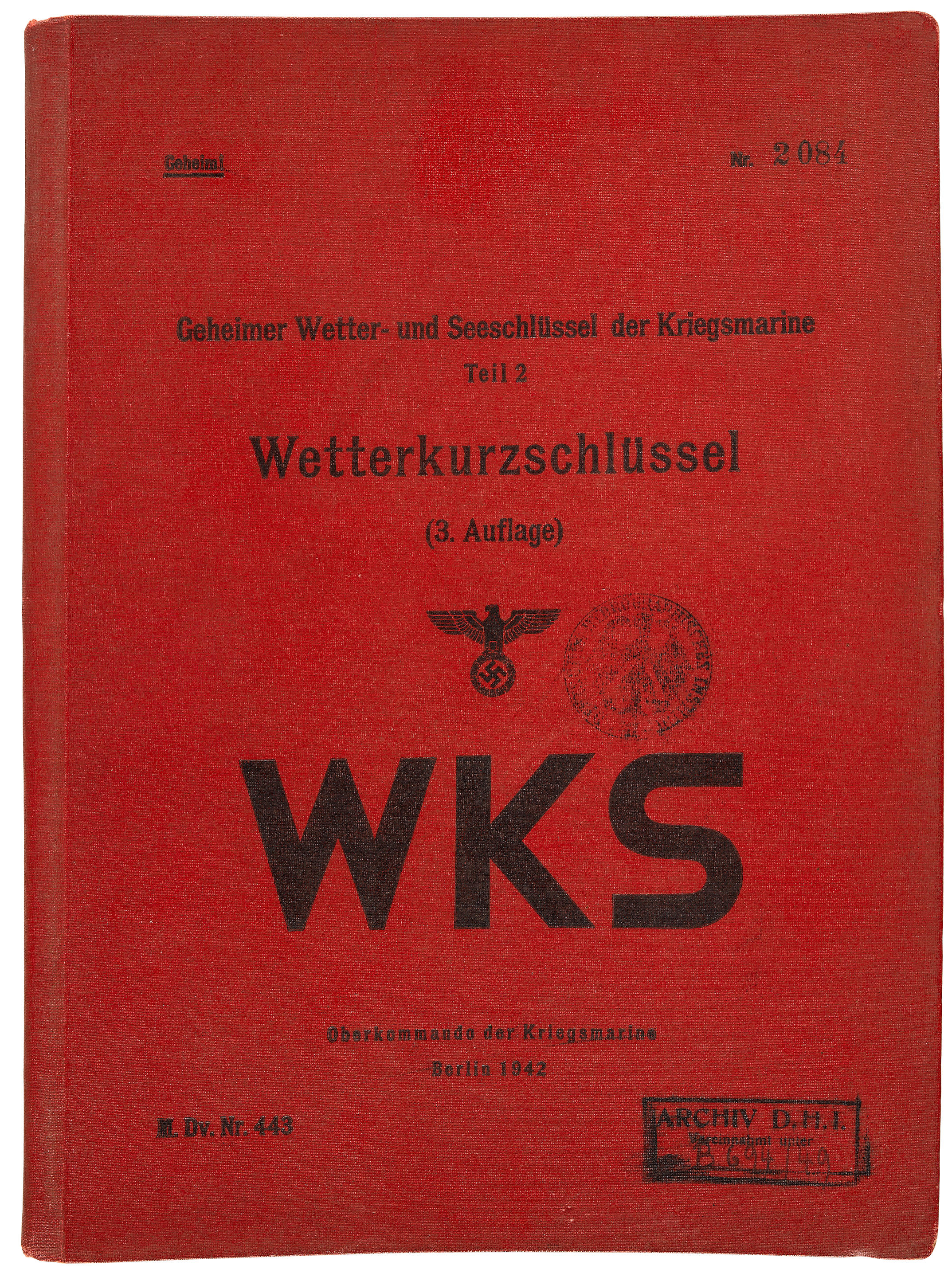
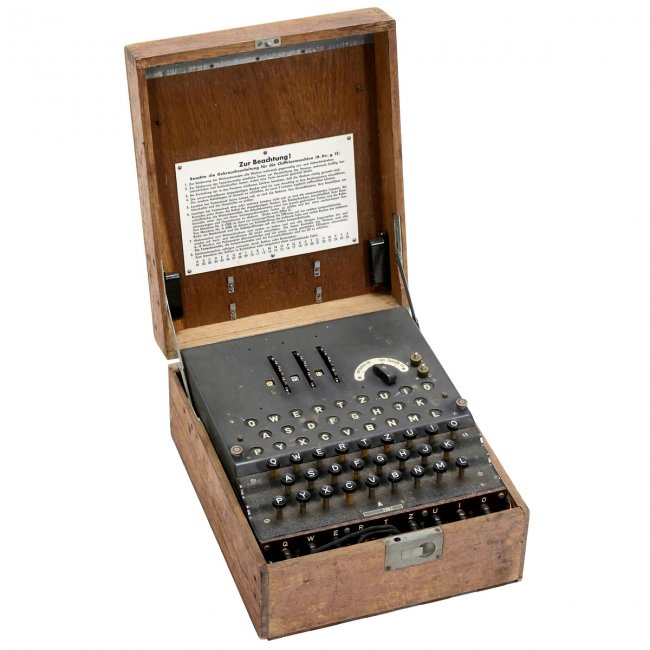
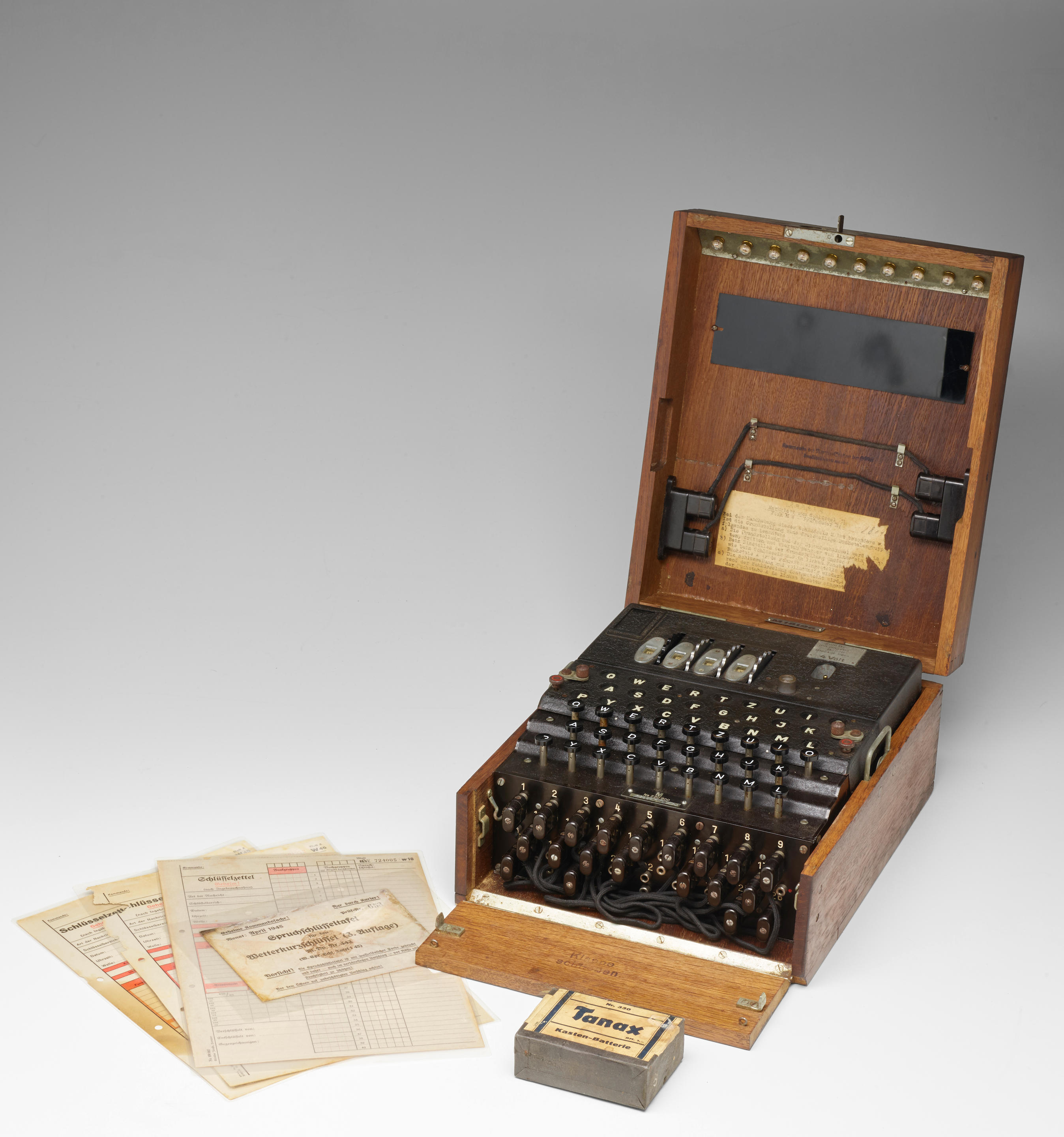
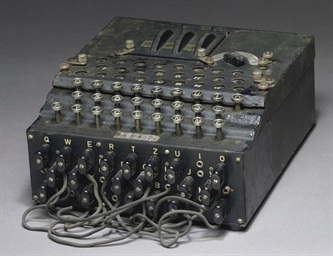
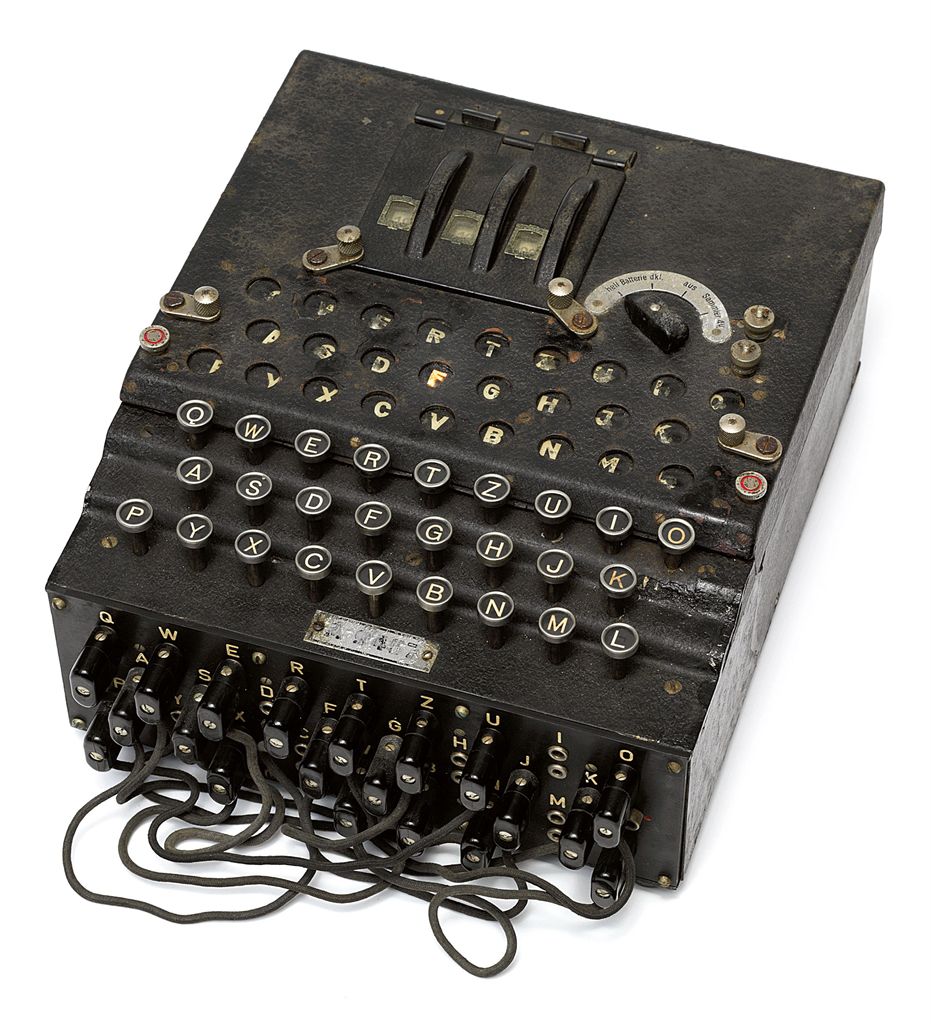
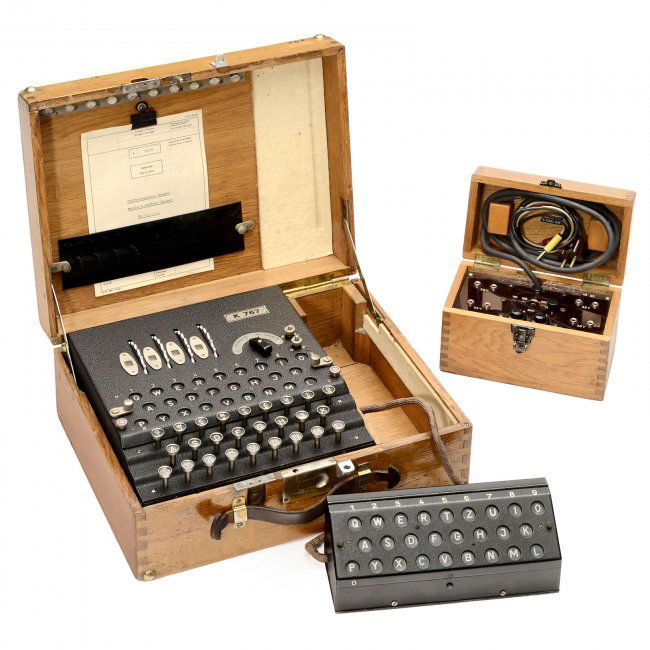
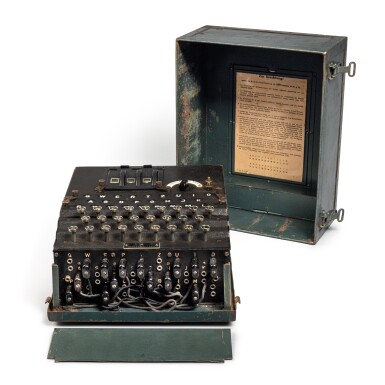

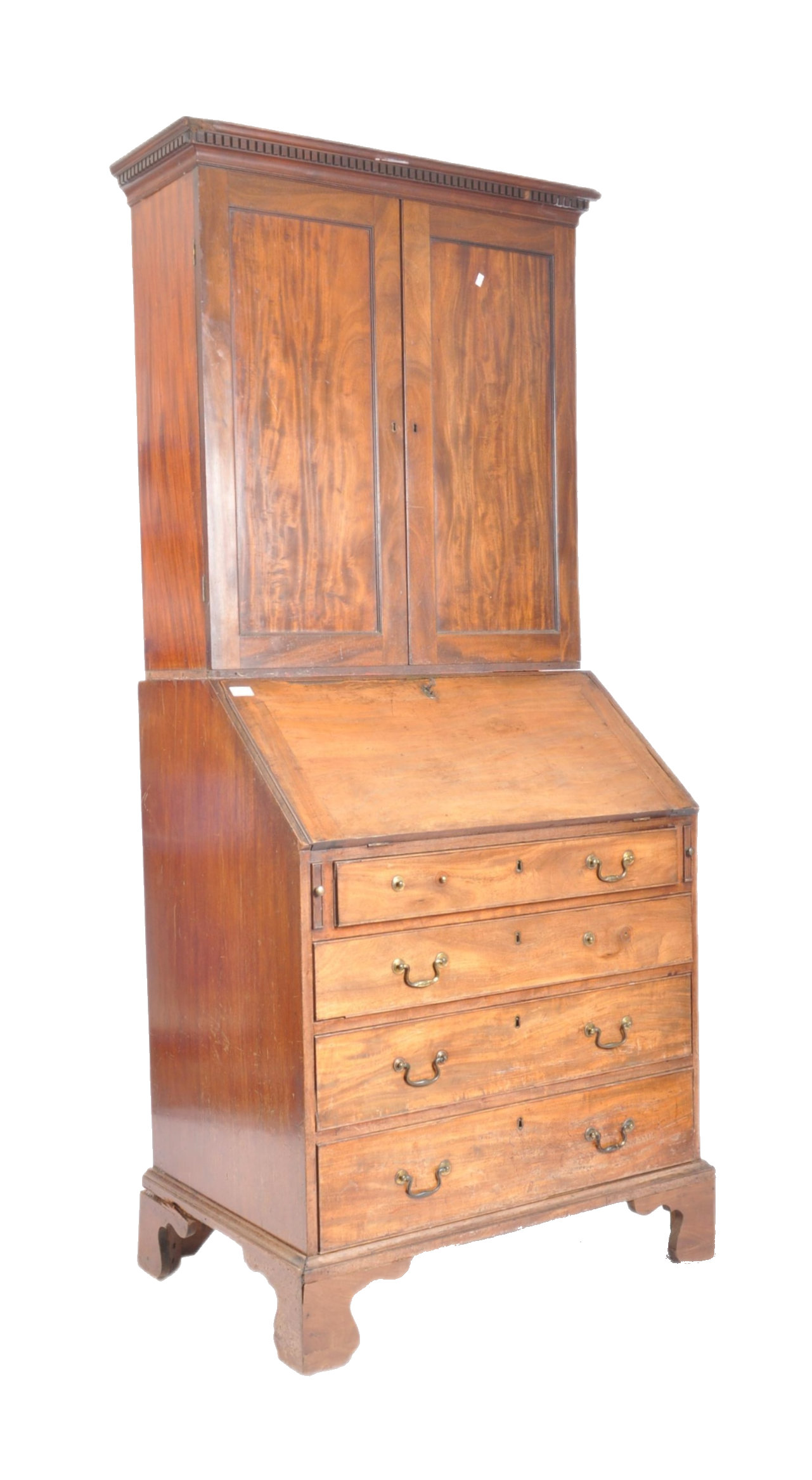
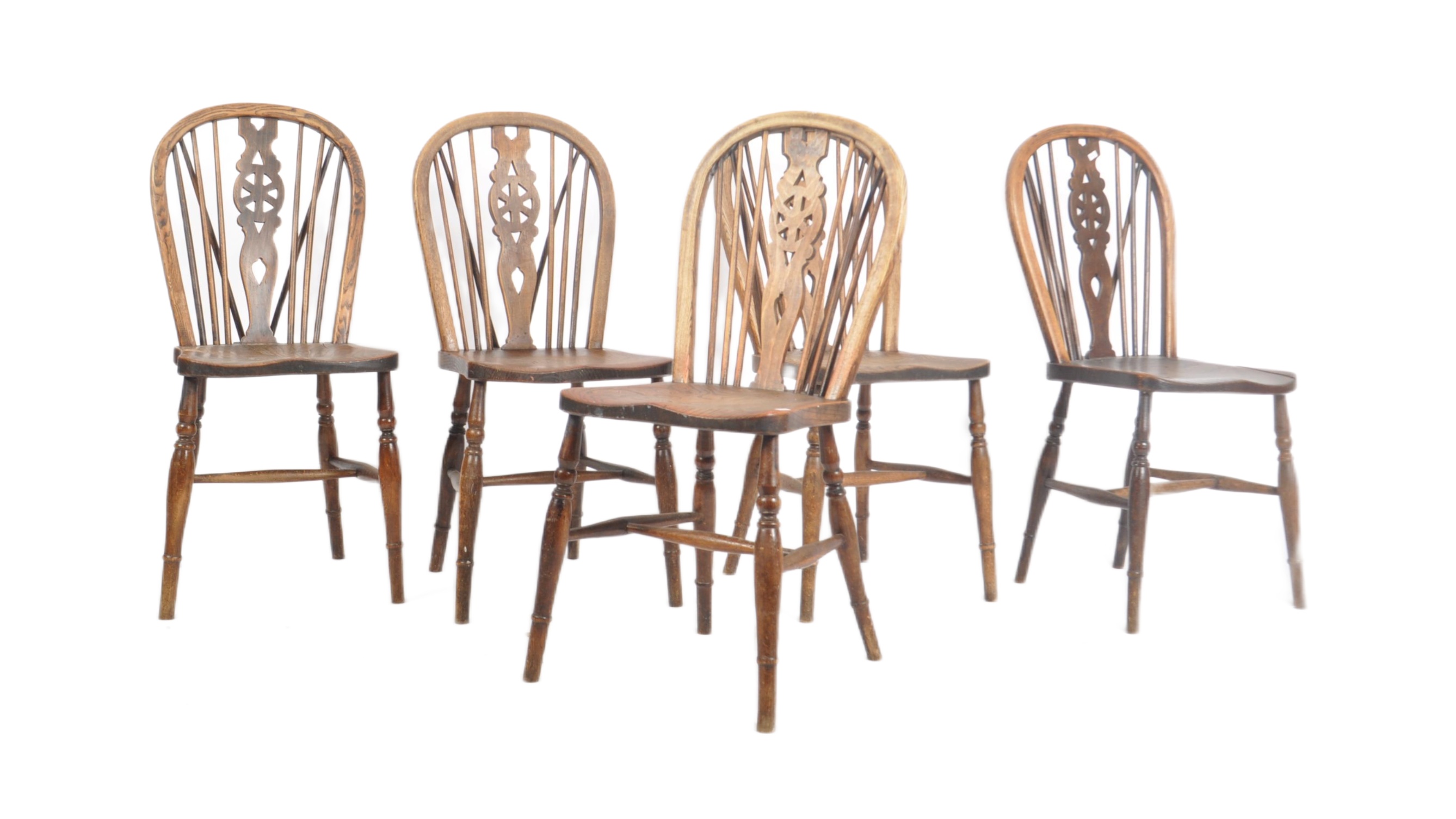
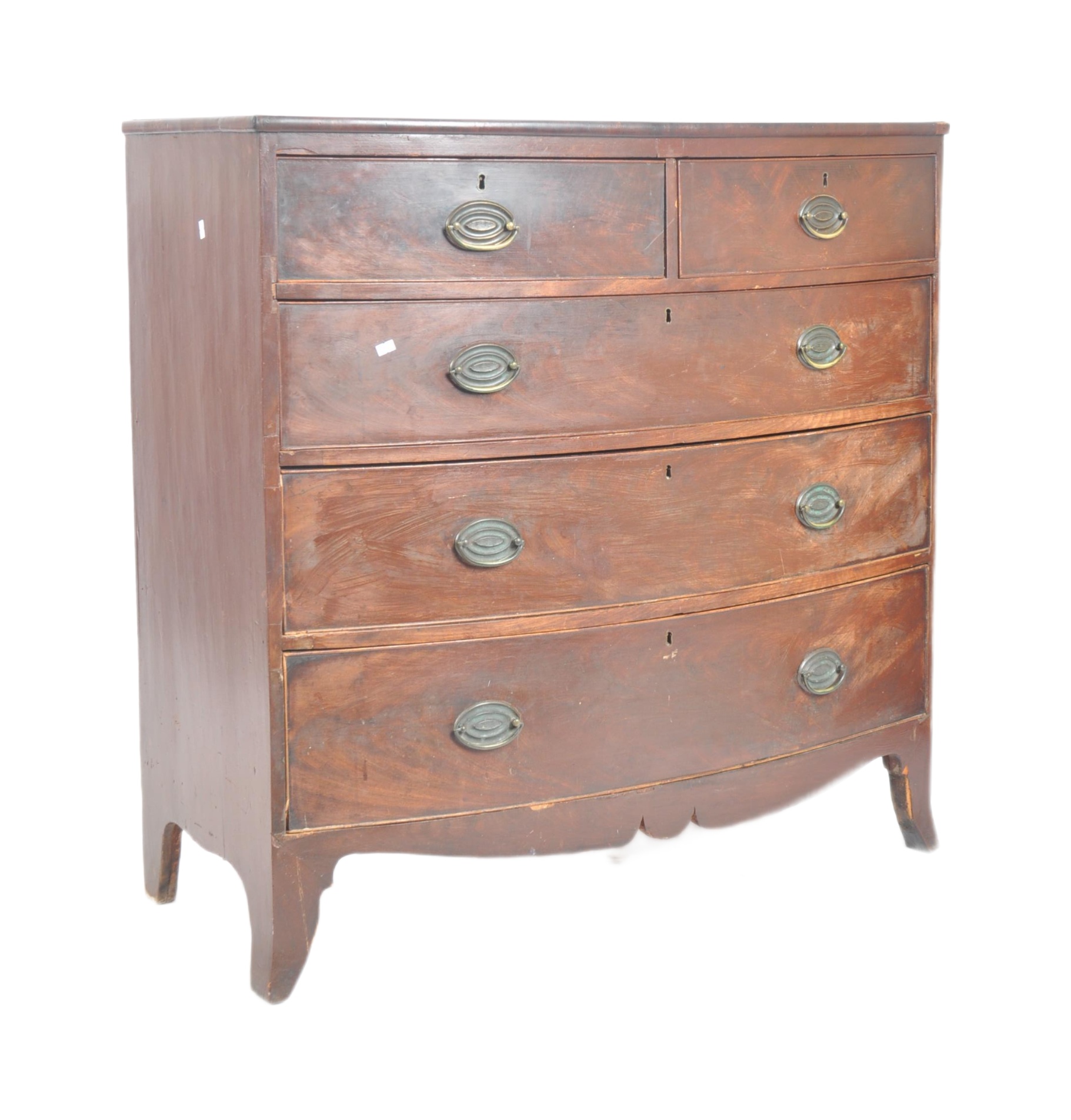
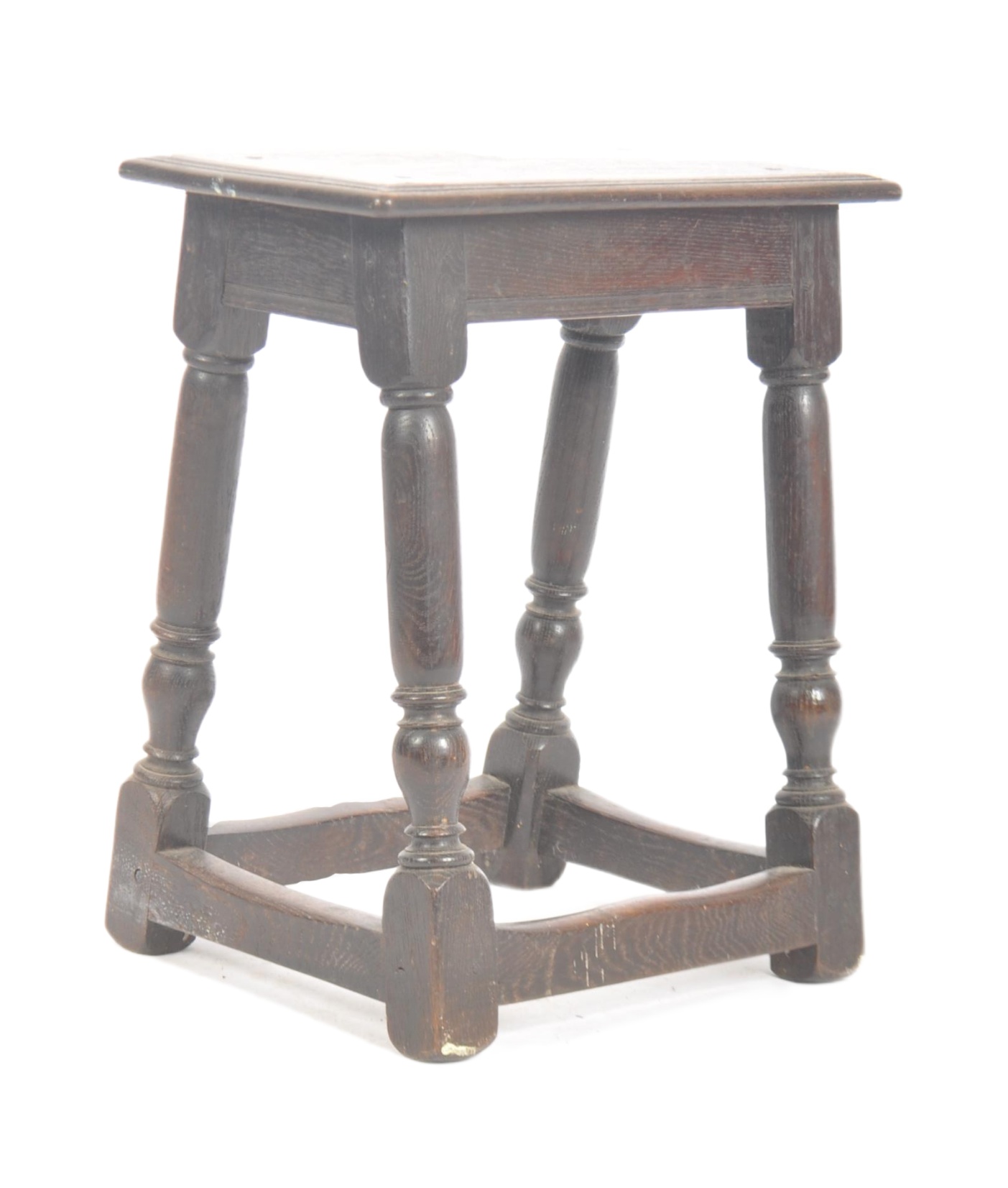
Try LotSearch and its premium features for 7 days - without any costs!
Be notified automatically about new items in upcoming auctions.
Create an alert